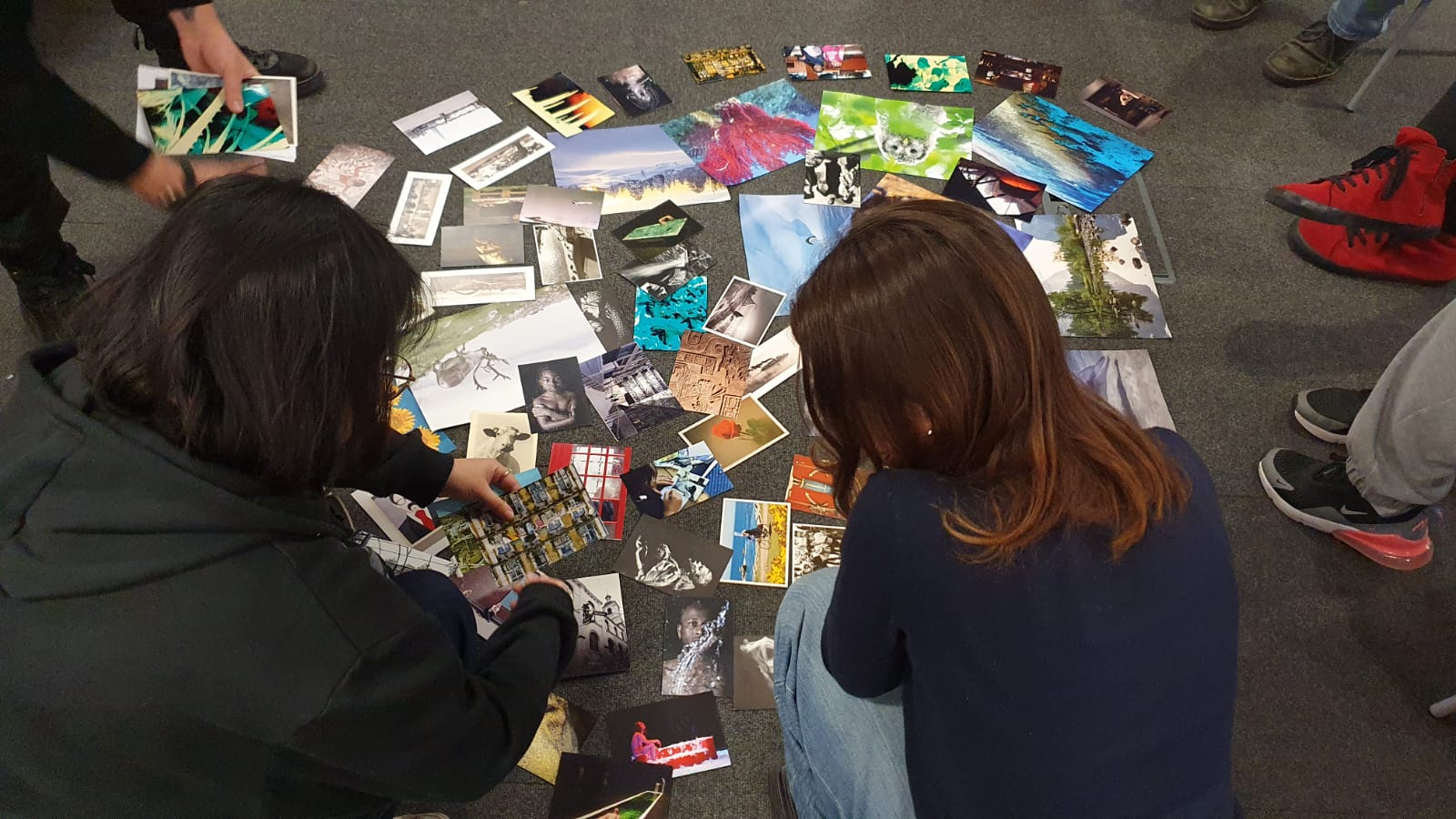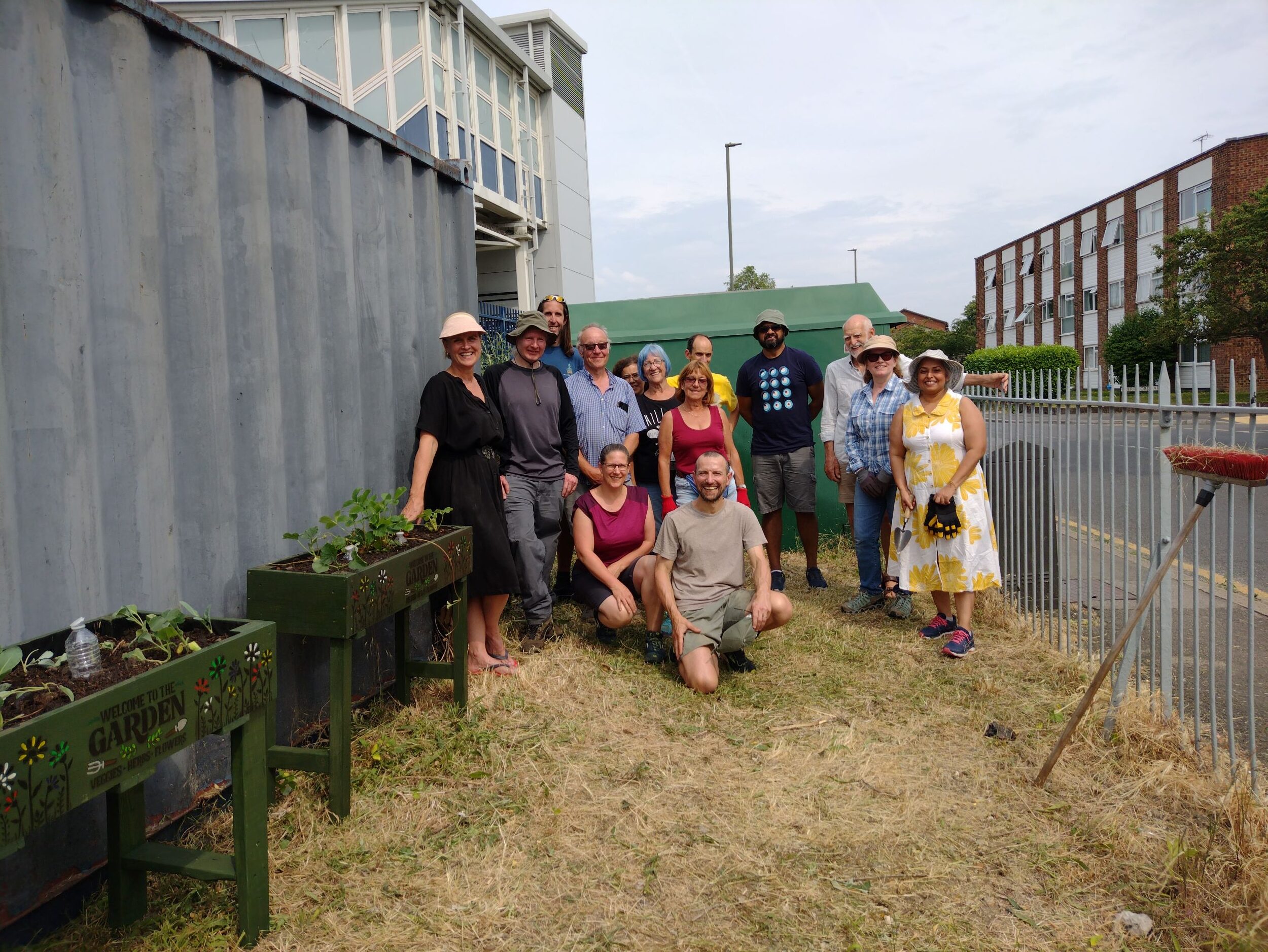In the first week of the secondment, we were in the Pyrénées-Orientales, a département on the border with Spain which faces significant fire problems.
When sheep pastoralism was fully practiced, seasonal transhumance occurred from high-elevation pastures in summer to lowland farms in winter months. Shepherds maintained the landscape through regular burning, keeping the woody cover in check and supporting open pastures for livestock and biodiversity. However, rural exodus and the decline of traditional pastoralism, starting in the early 19th century, intensifying in the middle of the 20th century due to the rise of industrial agriculture after the Second World War, and continuing until present day, has meant an increasingly woody / forested landscape. This resulted in the build-up of increasingly flammable fuels.
 The pastoral landscape of the Pyrénées-Orientales
The pastoral landscape of the Pyrénées-Orientales
At the same time, plantations of conifers established for energy production in the 18th and 19th centuries led to forest homogenisation in terms of stand structure and tree species composition. A ban on fire use to protect these plantations resulted in ‘illegal’ burning and an increase in wildfires.
What we saw in the Pyrénées-Orientales is the legacy of this history of land use change. In addition, fire risk is heightened by the dry Mediterranean climate and strong regional winds called ‘tramontane’, particularly during periods of drought; we heard that there had been only 250mm/yr rainfall over the last three years…
The increasing fire risk is further compounded by, amongst other things, conservation designated areas and the tensions between perceived biodiversity and fire management for rural economies, urban centres developed in fire-prone landscapes and the perceptions on fire use of these residents, and the impact of national and EU agricultural policies.
 Talking to breeders about their everyday livelihoods and fire challenges
Talking to breeders about their everyday livelihoods and fire challenges
We observed that fire is highly controlled and implemented by the Controlled Burn Cell 66 of the Society of Stockbreeders of the Eastern Pyrénées (Société d’Élevage des Pyrénées-Orientales; SEPO). Farmers and pastoralists pay for prescribed burning by teams of military and civilian (volunteer) firefighters, and there is a long list of requirements for burns to be approved by the Departmental Commission for Prescribed Burning. We were told that there are few pastoralists who can carry out burns themselves, and local fire use knowledge, although alive in other parts of the Pyrénées, is limited in this region.
 French and Italian firefighters exchanging experiences
French and Italian firefighters exchanging experiences
It seems challenging and resource intensive, to put it mildly, to sustain prescribed fire management in this landscape, and we were left wondering whether there were any opportunities for knowledge exchange with traditional fire users in other parts of the Pyrénées, in order to complement current practices with greater local community engagement.
 Intercultural fire management workshop discussions
Intercultural fire management workshop discussions
Considering the voices we heard (and did not hear) during our time in the Pyrénées, it was apt that one of the activities in the second week of the secondment was a discussion on intercultural fire management. Over a two-day workshop, and with participants across the FIRE-ADAPT consortium, we explored the basis for intercultural fire management, namely a fire management that takes into account the multiple perspectives, knowledge systems and worldviews of different actors, particularly local people. We discussed what is needed for effective intercultural fire management and how it can complement current approaches to fire management. It was an extremely fruitful few days and we hope to present a first draft of a joint publication at the Argentina Study Hub, scheduled for September this year!



